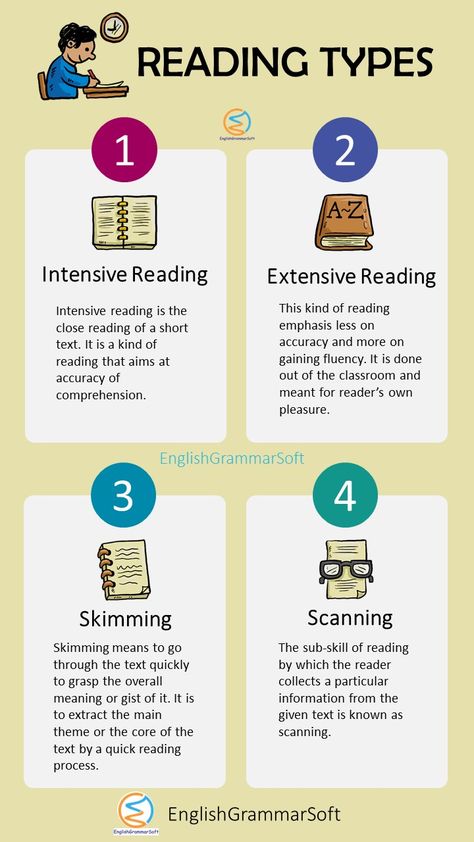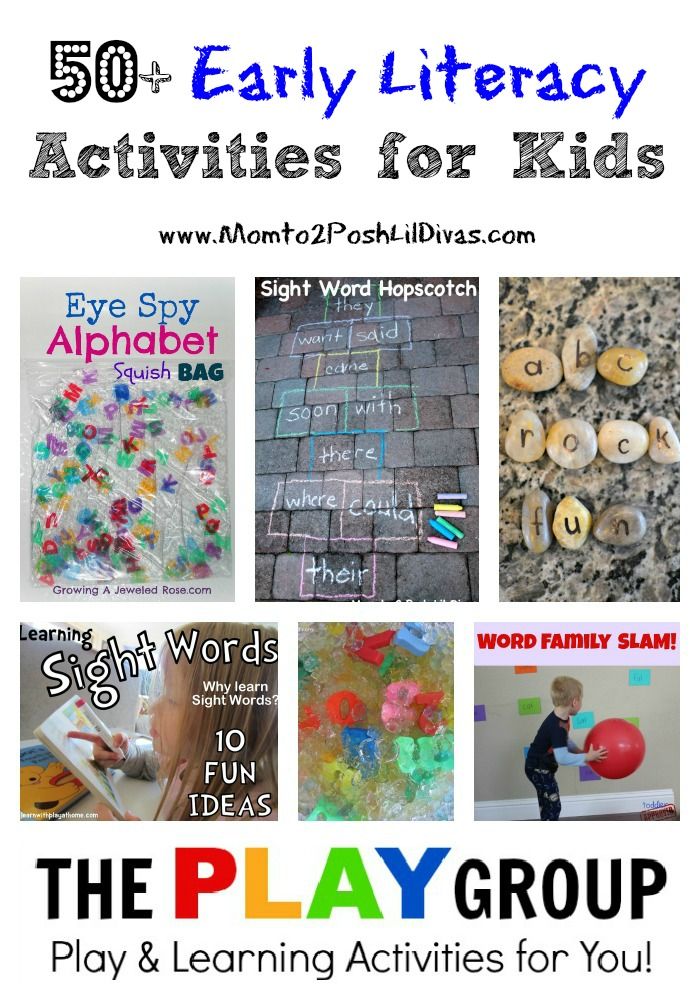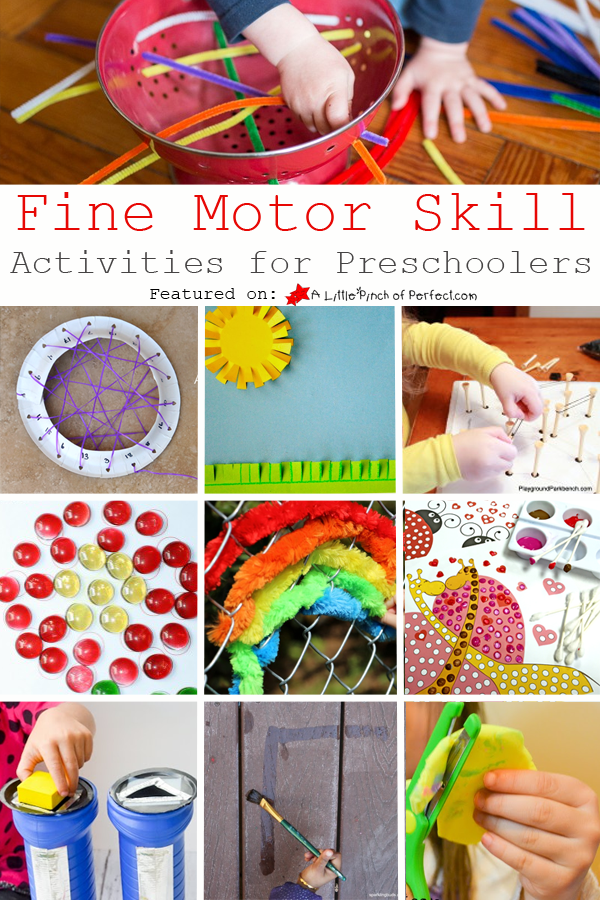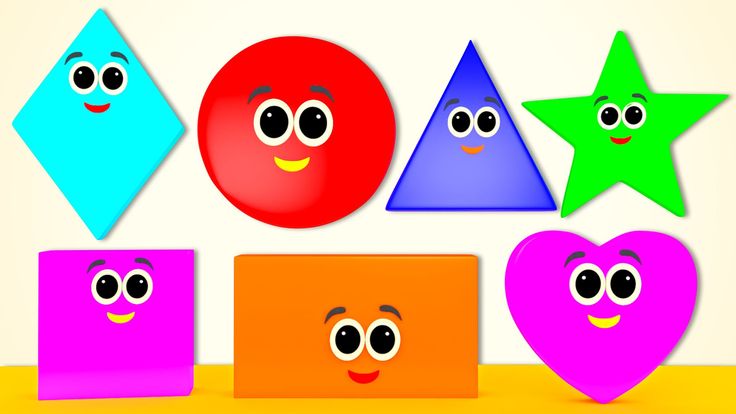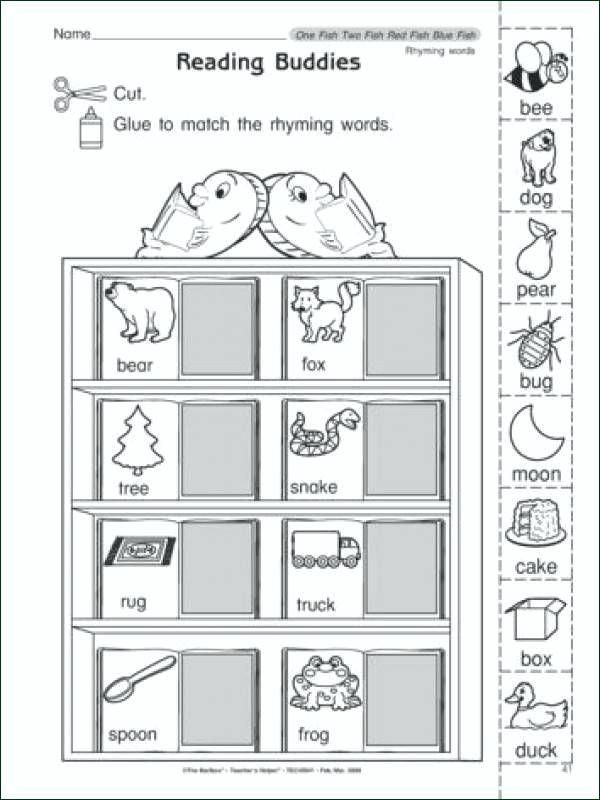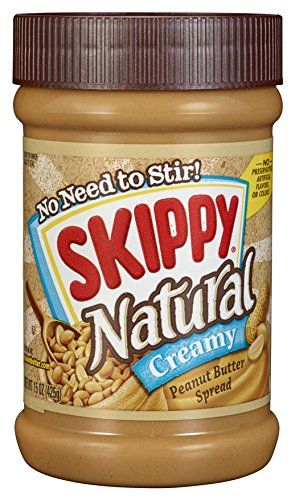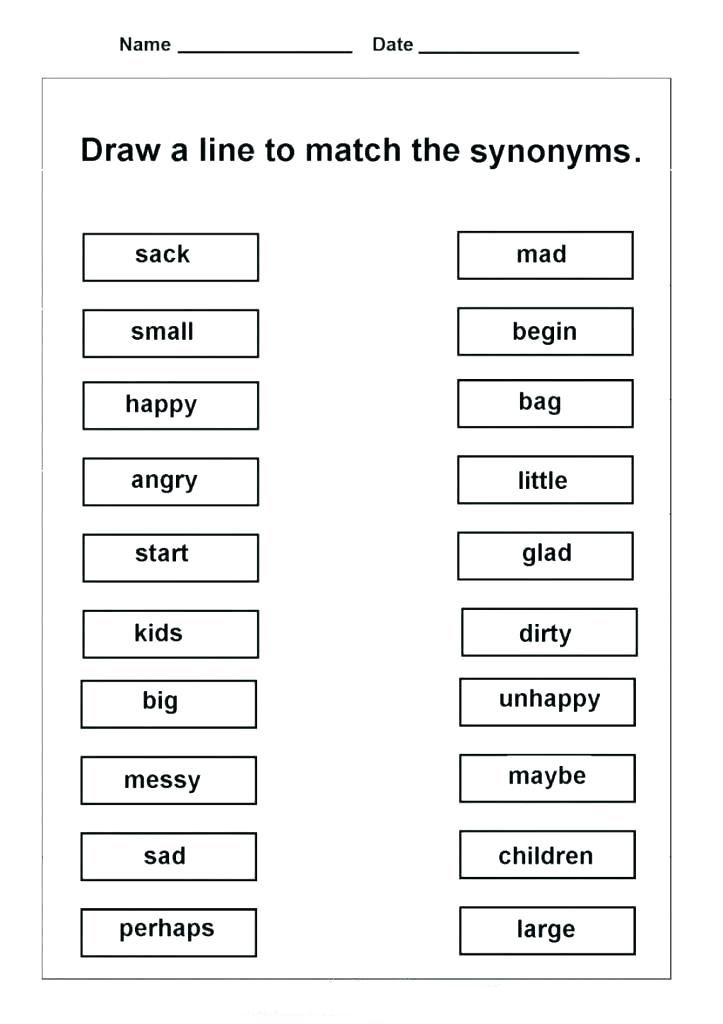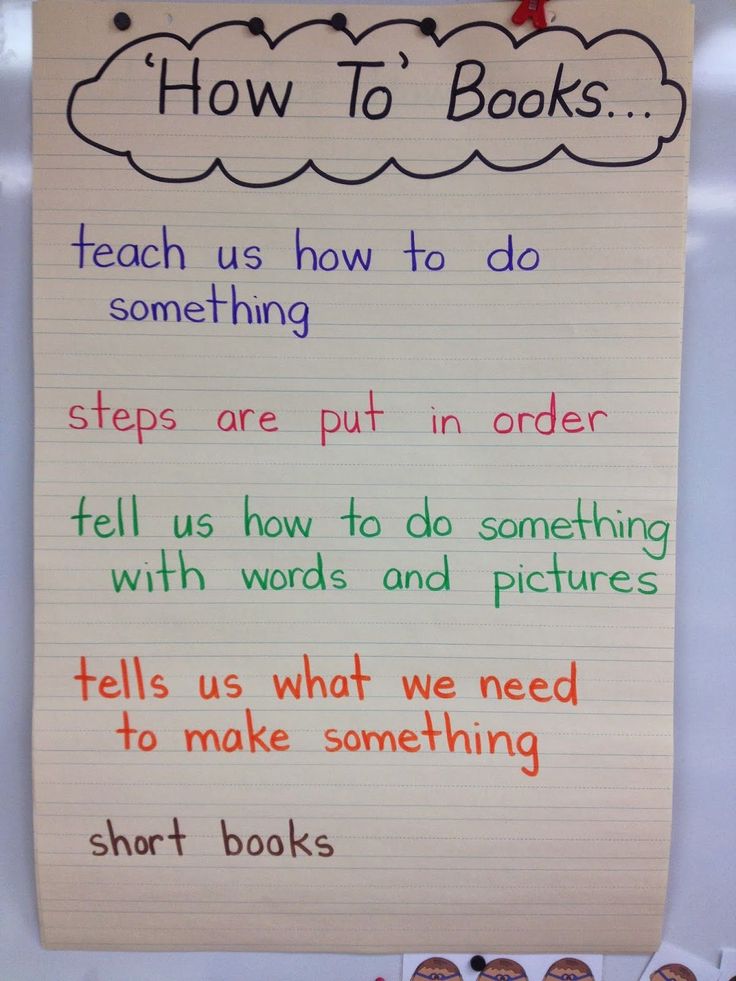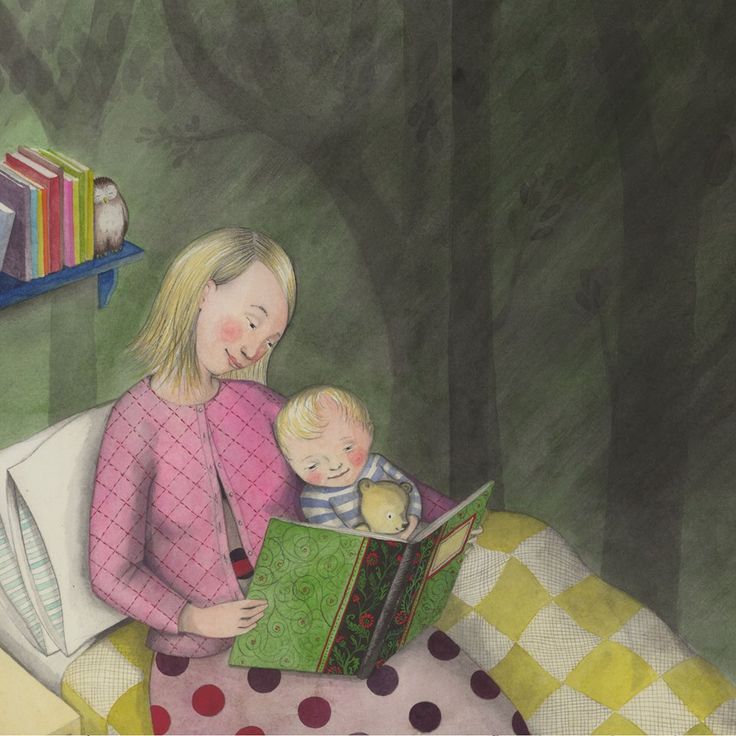Verb list for kindergarten
300+ Common Verbs with Pictures
Pin
List of different types of verbs for kids in English. Learn these frequently used verbs with verbs pictures to improve and enhance your vocabulary in English. When it comes to learning a new language, it can be difficult to remember all the words and phrases, however one of the best ways to learn is through your visual memory. In this section, you are going to be able to memorise the English verbs a lot more easily by looking at pictures related to them. This is a proven way to improve recall and means that you will learn much more quickly and easily.
Knowing the English verbs will help you to create sentences, because all sentence have at least one verb. Can you see any verbs in this introduction?
Learn more with an extensive list of verbs in English through pictures and examples…
Table of Contents
Common Verbs for Kids
Action Verbs for Kids
Action Verbs Vocabulary
- Ride
- Sit down
- Stand up
- Fight
- Laugh
- Read
- Play
- Listen
- Cry
- Think
- Sing
- Watch TV
- Dance
- Turn on
- Turn off
- Win
- Fly
- Cut
- Throw away
- Sleep
- Close
- Open
- Write
- Give
- Jump
- Eat
- Drink
- Cook
- Wash
- Wait
- Climb
- Talk
- Crawl
- Dream
- Dig
- Clap
- Knit
- Sew
- Smell
- Kiss
- Hug
- Snore
- Bathe
- Bow
- Paint
- Dive
- Ski
- Stack
- Buy
- Shake
Action Verbs | Image
Pin
Common action Words in English with pictures.
Pin
Verbs of Body Movement
Body Movement Verbs List
- Bend
- Lift
- Carry
- Kneel
- Hold
- Sit
- Drag
- Jump
- Leap
- Pick up
- Punch
- Pull
- Dive
- Push
- Run
- Lean
- Squat
- Throw
- Tiptoe
- Walk
- Hit
- Catch
- Kick
- Kiss
- Clap
- Laugh
- Dance
- Break
- Stand
- Jog
- March
- Wave
- Talk
- Open
- Cartwheel
- Put down
- Stretch
- Drop
- Point
- Slip
- Trip
- Look
- Cry
- Lie down
- Pour
- Crawl
Verbs of Body Movement | Verbs Images
Pin
Cooking Verbs for Kids
Cooking Verbs Vocabulary
- Break
- Melt
- Spread
- Layer
- Roll out
- Fry
- Peel
- Mix
- Whip
- Saute
- Taste
- Cut
- Chop
- Slice
- Grate
- Boil
- Steam
- Pinch
- Pour
- Add
- Barbecue
- Roast
- Bake
- Stir
- Weigh
Cooking Verbs for Kids | Image
Pin
Daily Routines and Activities
Learn how to describe your daily routines in English.
Daily Routines and Activities Vocabulary
- Do the laundry
- Hang the clothes
- Iron the clothes
- Make the bed
- Go to bed
- Wake up
- Brush the teeth
- Drive to work
- Get home
- Take a bath
- Brush your hair
- Surf the net
- Play with friends
- Go to school
- Go shopping
- Exercise
- Wash the car
- Get dressed
- Go out with a friend
- Take pictures
- Play the guitar
- Water the plant
- Go for a walk
- Work
- Have breakfast
- Have lunch
- Have dinner
- Make dinner
- Fold the laundry
- Surf the net
- Feed the dog
- Take a taxi
- Wait for the bus
- Paint the picture
- Have a break (U.K) – Take a break (U.S)
- Walk the dog
- Take out the rubbish (U.S)
- Sweep the floor
- Rake the leaves
- Read the news
- Clean the window
- Cut the grass
- Do the dishes
- Paint the house
Daily Routines and Activities | Image
Pin
Classroom Verbs for Kids
Classroom Verbs Vocabulary
- Teach
- Think
- Spell
- Give
- Study
- Read
- Cut
- Experiment
- Observe
- Listen
- Play
- Sing
- Say
- Draw
- Count
- Calculate
- Open
- Close
- Paint
- Show
- Explain
- Ask
Classroom Verbs Pictures
Pin
Housework and Repair Verbs
Household Chores List
- Fold
- Iron
- Hang
- Dry
- Make (the bed)
- Change (the sheets)
- Vacuum
- Take out (the rubbish/ garbage)
- Wipe off (the table)
- Scrub
- Repair
- Tighten
- Nail
- Drill
Housework and Repair Verbs | Image
Pin
Restaurant Verbs for Kids
Restaurant Verbs Vocabulary
- Give – The waiter gives me the menu.
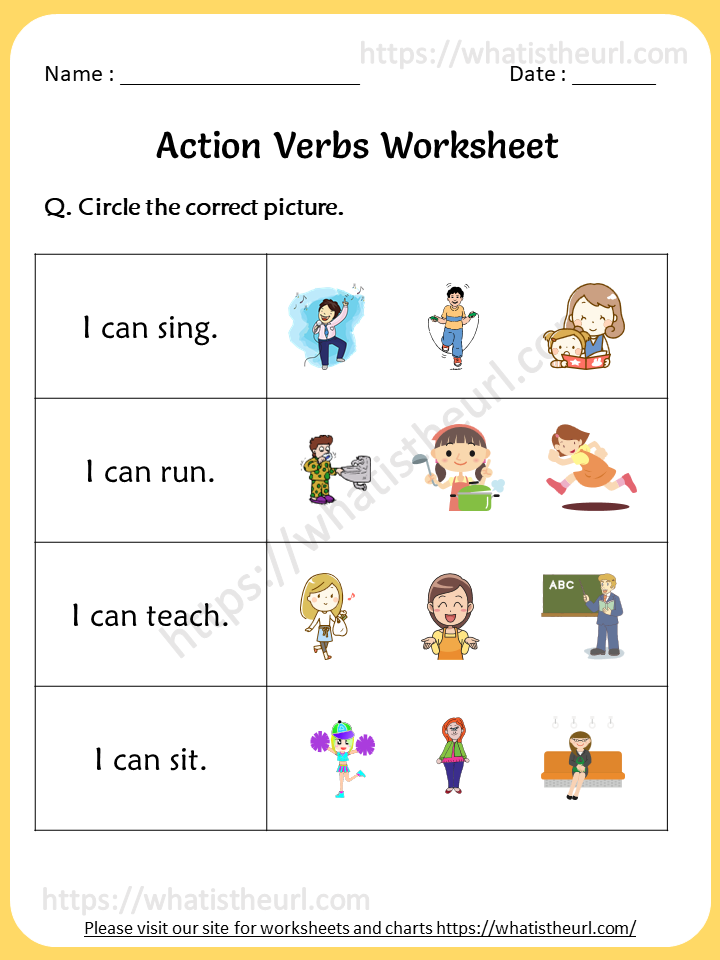
- Drink – Can I have something to drink?
- Serve – They serve good nosh in the cafeteria.
- Pay – Can I pay by installment payment?
- Eat – You can’t eat your cake and have it.
- Cook – The pizza will then take about twenty minutes to cook.
- Hold – Hold the knife at an angle.
- Light – Better to light one candle than to curse the darkness.
- Order – What do you suggest I order?
- Spread – He spread some strawberry jam on his toast.
- Lift – He couldn’t lift the table and no more could I.
- Write – Write it down on a piece of paper.
- Slice – It’s best to slice into a rich cake from the middle.
- Stack – They are specially packaged so that they stack easily.
- Set (the table) – He is setting the table…
Restaurant Verbs Images
Pin
Sport and Exercise Actions
Sport and Exercise Verbs Vocabulary
- Walk – Don’t try to walk before you can crawl.

- Run – Do not run too fast after gain.
- Stretch – Breathe in through your nose as you stretch up.
- Jump – Can you jump over the river?
- Bounce – Bounce the ball and try and hit it over the net.
- Serve – Serving is arguably the most important aspect of the game, as it is the one shot which has to be in every single rally.
- Lie down – For this exercise, it is best to lie down, or sit with both feet on the floor.
- Sit – Sit on the floor, stretching your legs out in front of you.
- Bend – Lie flat and let your knees bend.
- Kneel – Do not run, stand, kneel or spin in the slide.
- Ride – Life is a horse, and either you ride it or it rides you.
- Kick – The kids love to kick a ball against my wall.
- Hop – I tried to hop on my good foot while holding onto Jim…
Sport and Exercise Verbs Images
Pin
Categories Visual VocabularyA Helpful Guide And List
[publishpress_author_box layout=”boxed”]
What’s the most effective way to begin teaching verbs to kids? If you’ve been asking yourself this question, you’ve come to the right place!
We know how challenging it can be to come up with fun and effective ways to help your child learn verbs.
You may have turned to online resources for inspiration, but some activities you found are duds, while others just require too much time and effort for a busy parent like you.
So what can you do? Turn to HOMER, of course!
Our learning experts have been creating fun and engaging educational activities for kids for years and have learned a thing or two about effective ways to teach verbs.
In this detailed guide, we’ll share a few methods to practice verbs at home and a list of action words you can start introducing to your child today.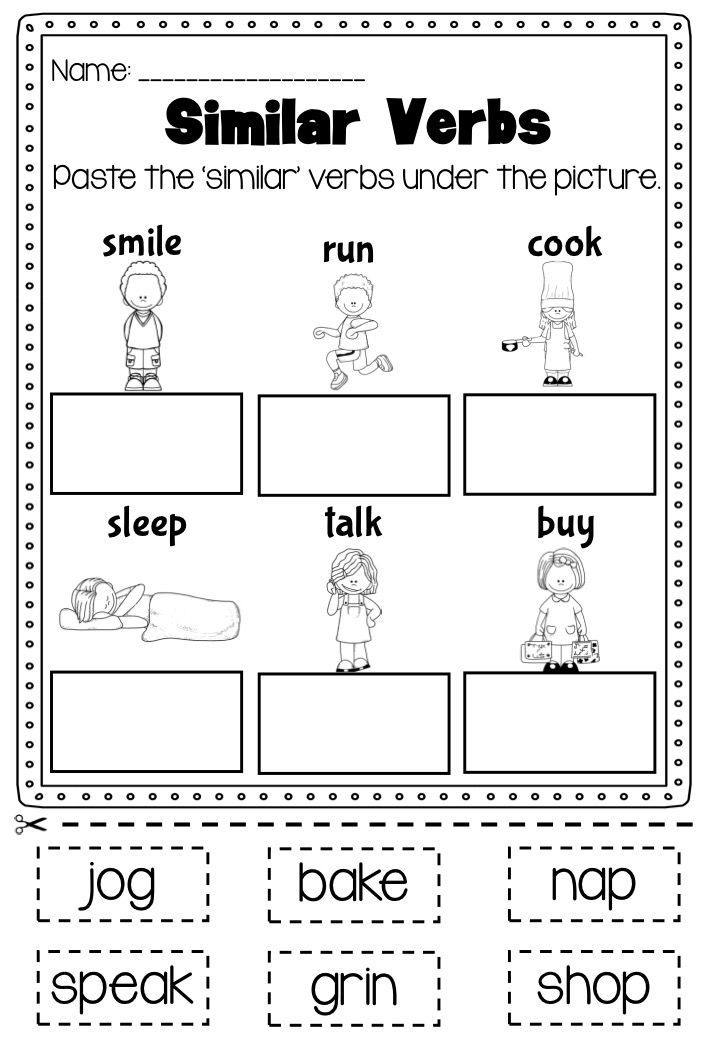
Let’s get started!
What Are Verbs?
Before we begin teaching verbs for kids, it’s essential that we first refresh our own memories. What are verbs again?
The Merriam-Webster online dictionary defines a verb as “a word that characteristically is the grammatical center of a predicate and expresses an act, occurrence, or mode of being…”
In much simpler terms, many verbs can be described as “doing words” because they are the words in a sentence that express what the subject is doing. They help explain what is taking place — Tom runs away, Maria jumps up and down, Susan drives very fast.
Action verbs are special because they can be used in simple sentences (“Tom sings.”), and a single verb can also be a sentence (“Dance!”). They’re very versatile.
While the most common type of verbs are action verbs, like those shared above, there are also two other types your child will learn about as they get older.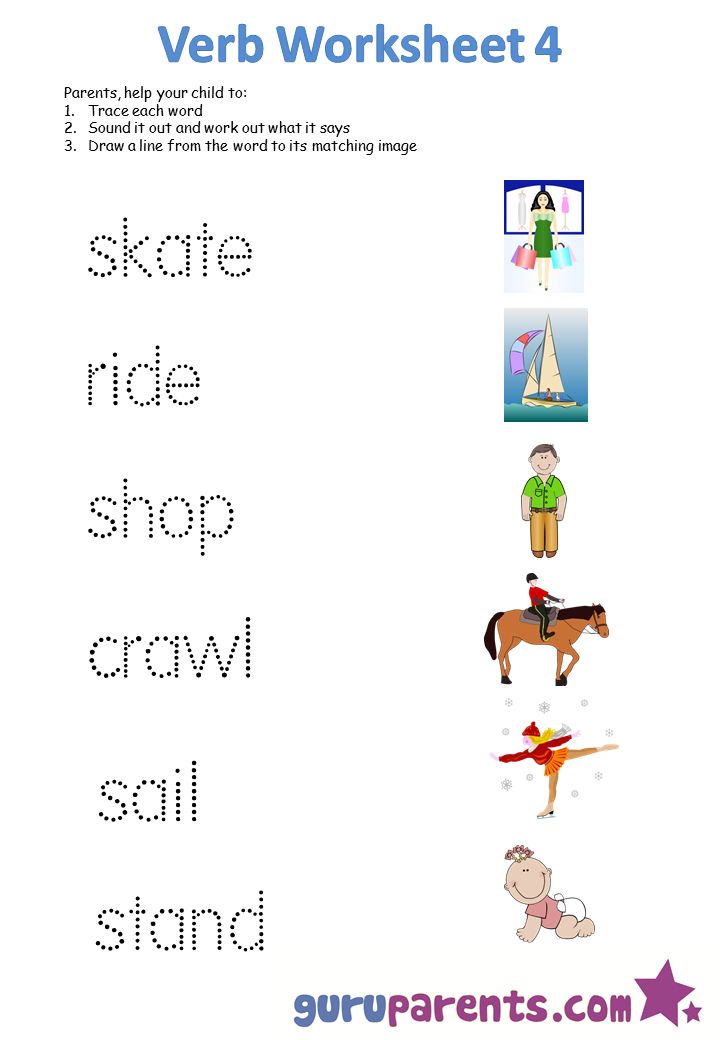 These are helping verbs (or auxiliary verbs) and linking verbs.
These are helping verbs (or auxiliary verbs) and linking verbs.
As you probably guessed, helping verbs help! They appear in front of the action and give information about when that action happened. For example, in the sentence, “I am reading a book,” the helping verb “am” helps to express the action verb “reading.”
Linking verbs, on the other hand, don’t express any sort of action. Instead, they connect or “link” the subject to a word that describes it, which can be an adjective or noun.
For example, in the sentence “The sky is blue,” the linking verb “is” links the subject “sky” to the predicate adjective “blue.” It connects the two parts and helps the listener or reader understand what’s being said.
There are only three main linking verbs in the English language: “to be,” “to become,” and “to seem.” These linking verbs can also take on different forms, such as “is,” “are,” “was,” “were,” etc.
You probably use all three types of verbs daily without even thinking about it.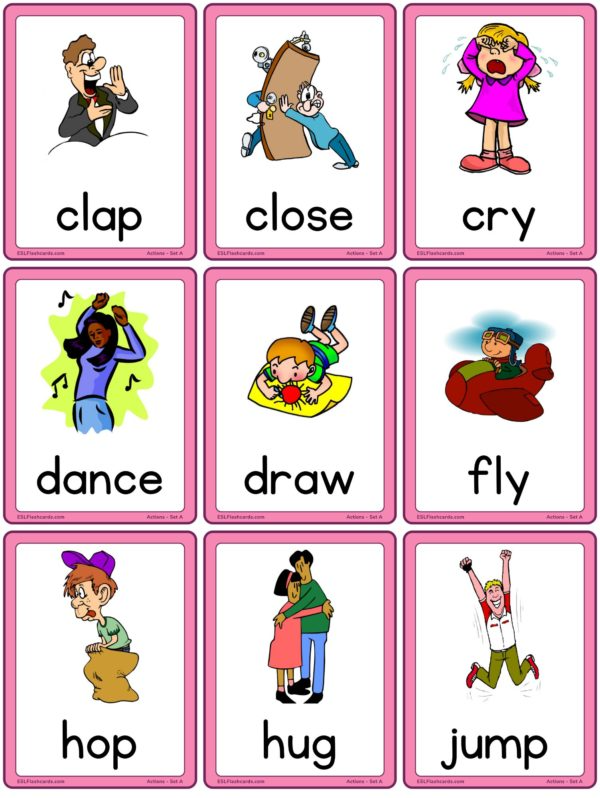 Now, it’s time to help your child do the same.
Now, it’s time to help your child do the same.
It’s important to note that your child is likely too young to go into detail about what the different verb types are or what they’re called. So don’t spend time explaining the differences or expecting them to know what a linking verb is.
They’ll pick it up naturally when they’re ready. Instead, focus on using verbs correctly.
How To Recognize Verbs
There are a few ways to help your child recognize verbs in a sentence. One of the most common is to look closely at its location compared to the subject of a sentence. Often, verbs come after nouns and pronouns (i.e., the subject).
So, from one of the examples above — “Maria jumps up and down” — the verb (jumps) comes directly after the noun (Maria).
Another way to help your child recognize a verb (without having to think about the sentence structure) is to encourage them to ask “Can I…?” Can I jump, dance, scream, eat, laugh, run, etc. ? If the answer is “yes,” then the word is a verb.
? If the answer is “yes,” then the word is a verb.
Why Is It Important To Teach Kids About Verbs?
Every single sentence needs a verb. Without one, the sentence is incomplete.
If your child doesn’t use verbs, they’ll have difficulty expressing themselves orally. In addition, other people might not understand what they’re saying since verbs are integral to our language.
And as they get older and start writing, this foundational knowledge about verbs will help them have a better sense of grammar so they can write more clearly.
When Will Your Child Use Verbs In Their Speech?
It’s challenging to explain how many verbs kids should use when they are toddlers. That’s because many factors can influence a child’s language development. These include gender, environment, and genes, among others.
While there might be a few variables, at 24 months, most toddlers can say around 40 verbs. If your child is on the lower end, you can assist them by actively introducing new verbs regularly through different games and activities.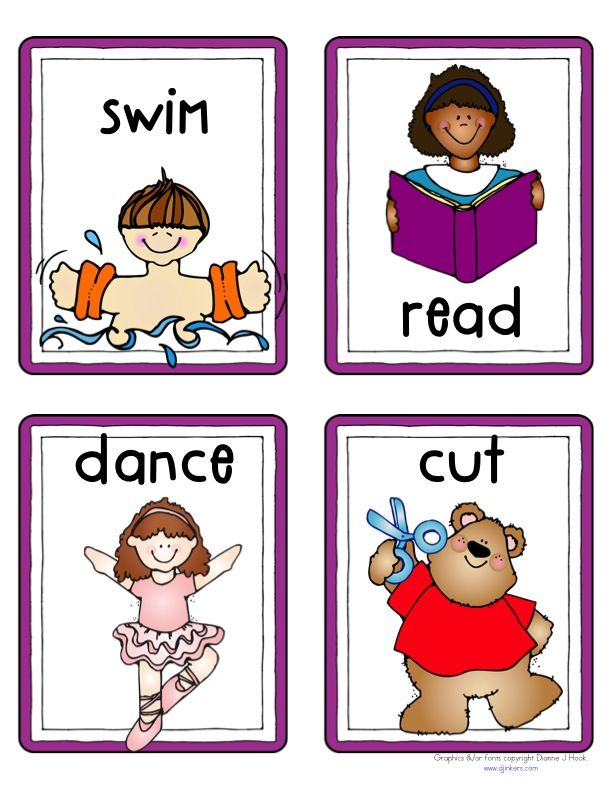
There are many types of verbs (action, auxiliary, regular, irregular, etc.). As children get older and are exposed to more words in the English language, they will naturally start introducing a variety of verbs into their speech.
Here’s a look at what you can expect from your growing child.
19 – 28 Months Old
- Present Progressive
- These verbs help express an activity that’s presently or was recently happening. They are instantly recognizable with their “-ing” ending. For example: driving, eating, swimming, etc.
3 – 4 Years Old
- Irregular Past-Tense
- These verbs express what happened in the past without the use of an “-ed” ending. For example: went, hurt, hit, etc.
- Children at this age use some irregular verbs correctly and begin to use “-ing” words
- They also learn how to use a regular past tense verb with an “-ed” ending (played, liked, etc.), which helps describe what has already happened.

4 Years And Older
As children enter kindergarten and preschool, they may have a basic understanding of verbs as they learn new vocabulary and action words. They should be able to recognize common verb endings and use them correctly most of the time.
At this age, your child may still struggle with irregular verbs. We’ll talk more about this later, but, for now, know that it’s normal for kids to use “ed” endings on all verbs, even if they’re supposed to end differently.
In fact, it’s not just normal; it’s a step in the right direction! It shows that they are generalizing grammatic rules, which is proof of their internalizing this basic grammatic principle.
The more they listen to and use language, the better their grasp of verbs will be. Before you know it, they won’t be making the same mistakes anymore.
Even though preschoolers have a lot of verbs in their vocabulary, the word “verb” might not be. They probably won’t be able to identify which word is a verb if you ask them to find one.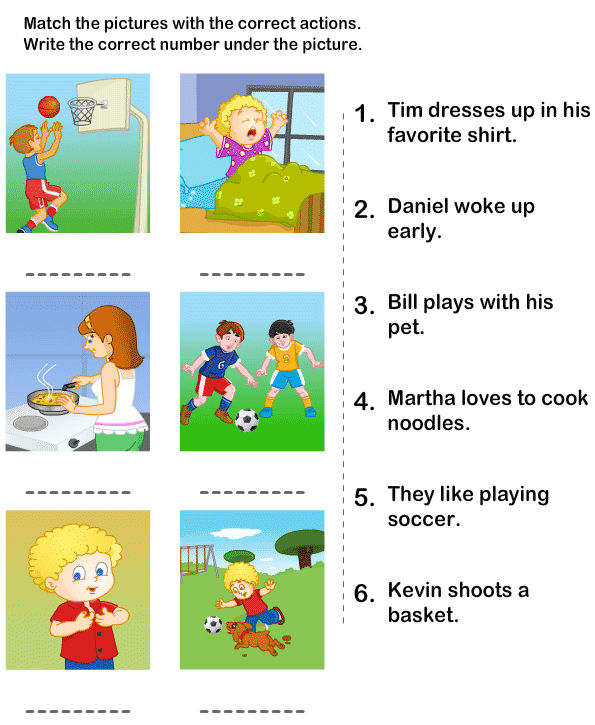 Classifying words is a more advanced skill that they’ll tackle as they progress in school.
Classifying words is a more advanced skill that they’ll tackle as they progress in school.
For now, the important thing is using verbs when they speak to identify what someone, or something, is doing. This will prepare them for future language development.
After all, language development is an essential part of a child’s growth. Helping your child understand verbs now will benefit them as they learn about other parts of speech.
How To Practice Verbs For Kids
Now that you know what verbs are and why it’s vital to teach verbs for kids, let’s look at some engaging activities to help your child use these action words.
There are so many benefits to learning through play, especially for young kids.
1) Action Charades
What You’ll Need:
- Pen or marker
- Pieces of paper
- Hat or bowl
- List of verbs (cook, jump, wiggle, shake, nod, etc.)
What To Do:
Playing charades is one of the simplest ways to help your child practice verbs.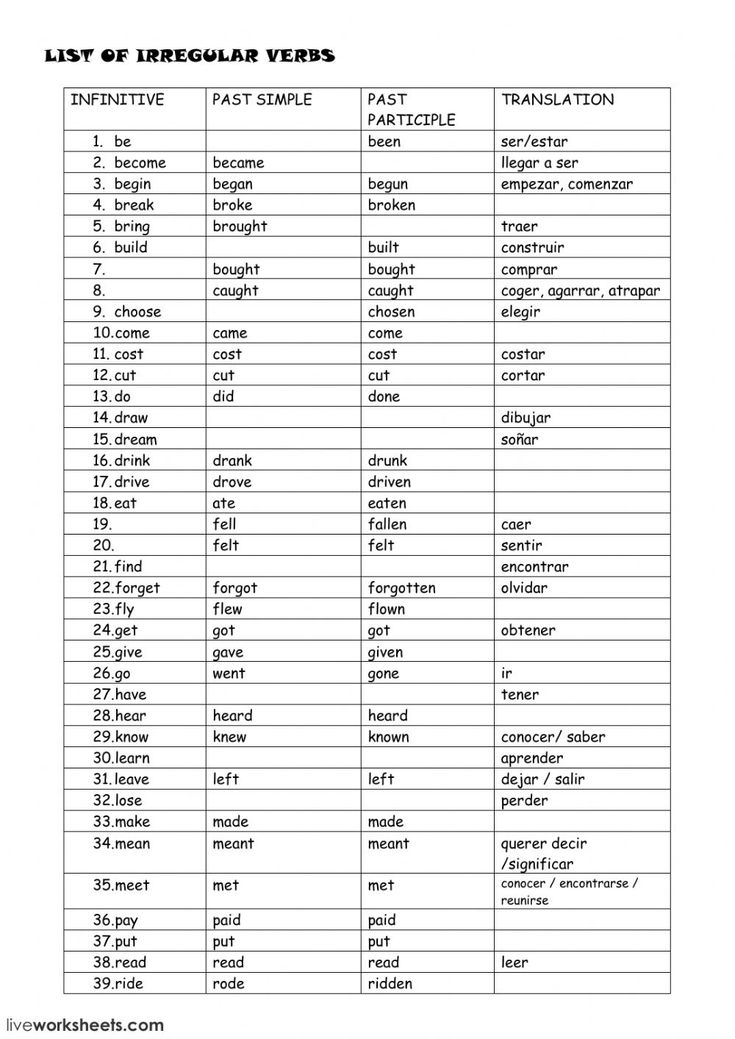 All you need to do is write verbs on pieces of paper (one verb per paper), drop them into a hat or bowl, and then mix them up.
All you need to do is write verbs on pieces of paper (one verb per paper), drop them into a hat or bowl, and then mix them up.
If your child isn’t yet a reader, assign a partner who can read for them or opt for picture clues instead of written ones. These simple rule changes help make the game accessible for everyone in the family.
Once you’re set up, players will take turns pulling the verbs from the hat or bowl and proceed to act them out. You can also add a timer for 30 seconds. How many words can you guess in half a minute?
This activity can be great for the whole family on game night. To keep things fresh and exciting, change the verbs each time you play (this might require you to have a thesaurus nearby!).
In addition to learning verbs, your child has the opportunity to build their vocabulary by playing this game. They’ll be exposed to new words, understand their meaning as they are acted out, and learn synonyms as others guess the action that is taking place.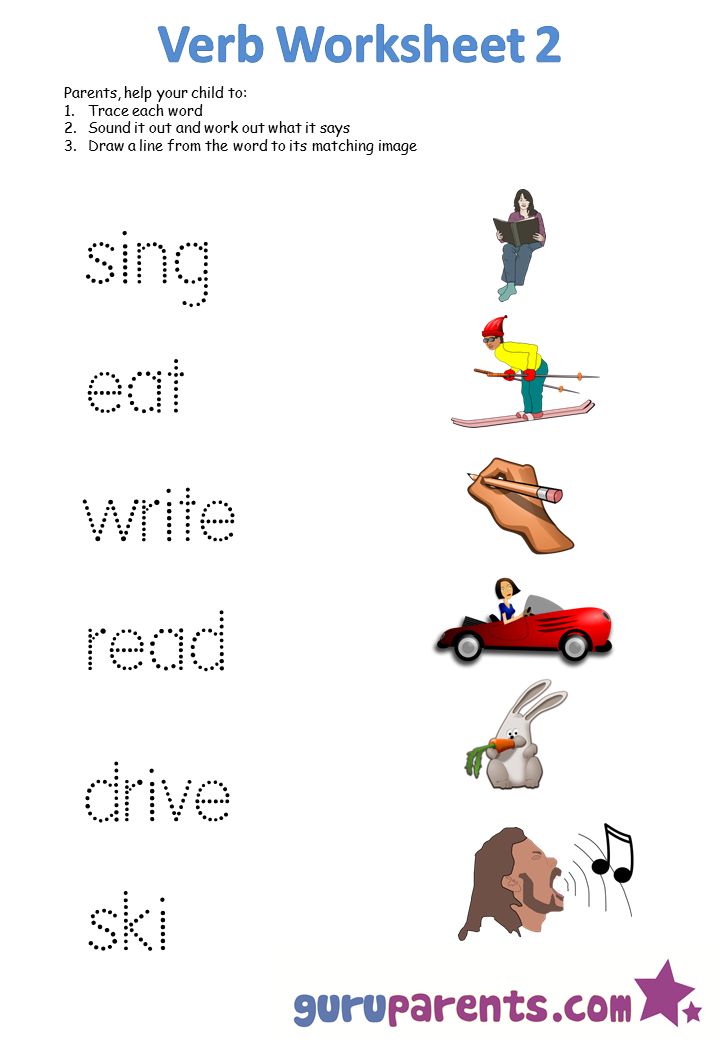
2) The Verb Game
What You’ll Need:
- Marker or pen
- Paper
What To Do:
Most children understand verbs as the “doing words” in a sentence. But what happens when you replace one verb with another? How does that affect the sentence as a whole?
You can help your child answer these questions by playing the verb game. All you need to do is write down a sentence with an action. For example, “I can jump 10 times.” Next, read your sentence aloud to your child. Once they hear it, challenge them to do what it says.
Then, players take turns changing the action verb. It might look like this: “I can shout ten times, I can wiggle ten times, I can stick my tongue out ten times,” etc.
Don’t be too concerned about which verb you choose to add. The sillier the better!
This is a great activity to help emphasize that verbs are the action words in a sentence and changing them will change the meaning of that sentence.
3) A Verb Time Machine
What You’ll Need:
- Construction paper
- Two blank sheets of other paper
- Crayons
- Scissors
- Plastic arrow game spinner
What To Do:
Encourage your child to draw a time machine on a blank sheet of paper and color it in.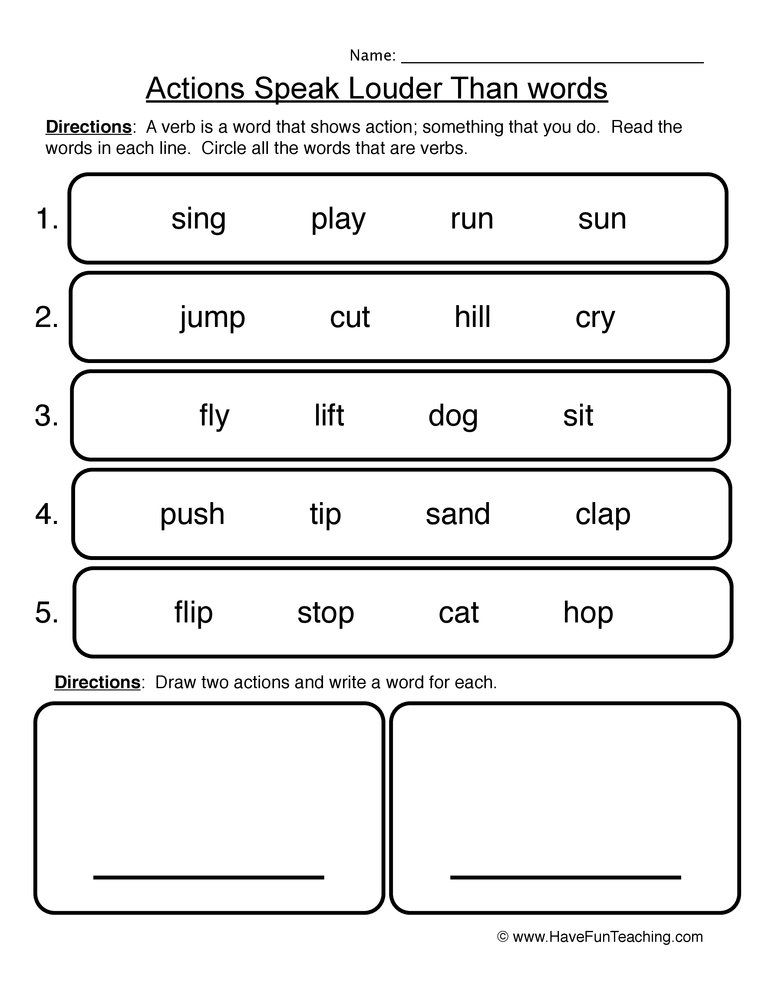 They don’t have to be the best artist here — just a simple rectangular shape with an antenna at the top will be fine.
They don’t have to be the best artist here — just a simple rectangular shape with an antenna at the top will be fine.
On the construction paper, assist your child in drawing a single road in the center. This road can have numbers from one (at the bottom) to seven (at the top).
After doing so, help your child cut out the time machine and paste it onto the construction paper at the end of the road they’ve drawn.
Lastly, help your child draw a large circle on your second blank sheet of paper. Divide this circle into three sections: Right Now, Yesterday, and Tomorrow. Then place your spinner at the center.
The concept of this activity is simple: Your child will race to get to the time machine at the end of the road.
Here are the steps to get there:
- Start by saying a verb (for example: jump)
- Spin the plastic arrow game spinner
- Whoever is playing will say the verb in the tense of where the spinner lands. For instance, if it lands on “yesterday,” the player needs to say jumped.
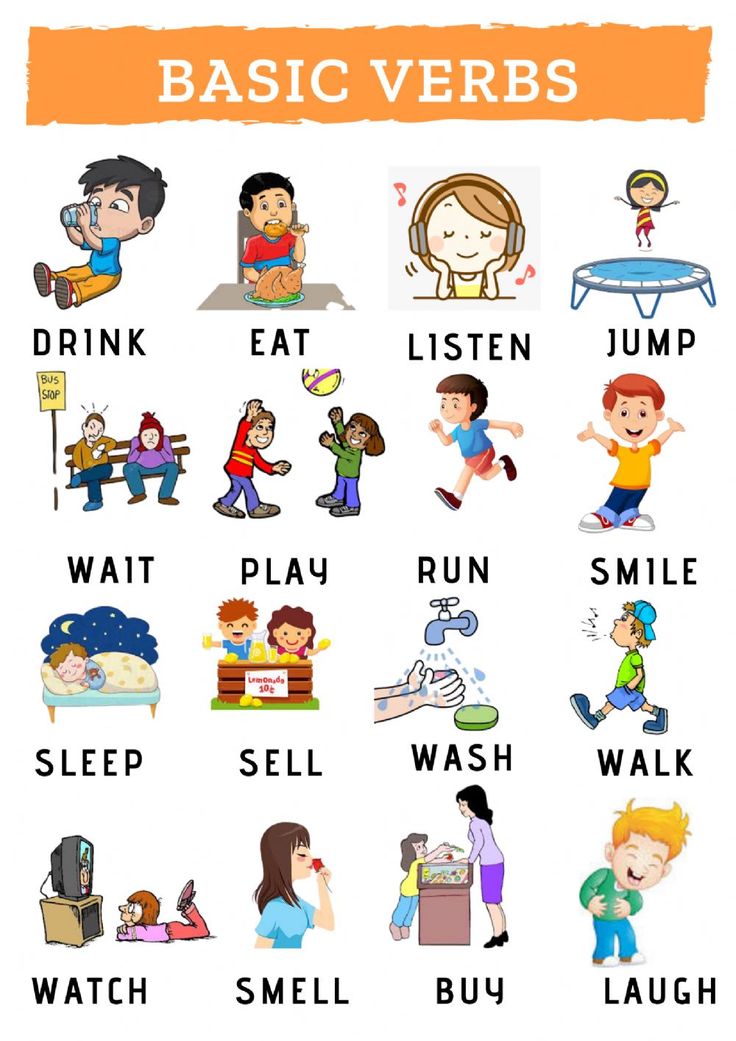
- If you get it right, move from one to two on the road to the time machine. Who will make it to the time machine first?
This is a great activity to help your child practice their verb tenses. You can even ask them to create a sentence with that verb tense for an extra point!
If you notice that your child is struggling with irregular verbs, simply point out the correct ending. As you include that specific verb in gameplay, they’ll have more opportunities to learn how to conjugate it correctly.
4) The Action Verb Alphabet
What You’ll Need:
- Nothing
What To Do:
This game is for slightly older kids who are familiar with letters and sounds. Otherwise, your child’s brain will have a hard time focusing on the verb component while also trying to think about the letter sounds. If that happens, it might become too frustrating.
Tell your child that the two of you will try to brainstorm a verb for each letter of the alphabet.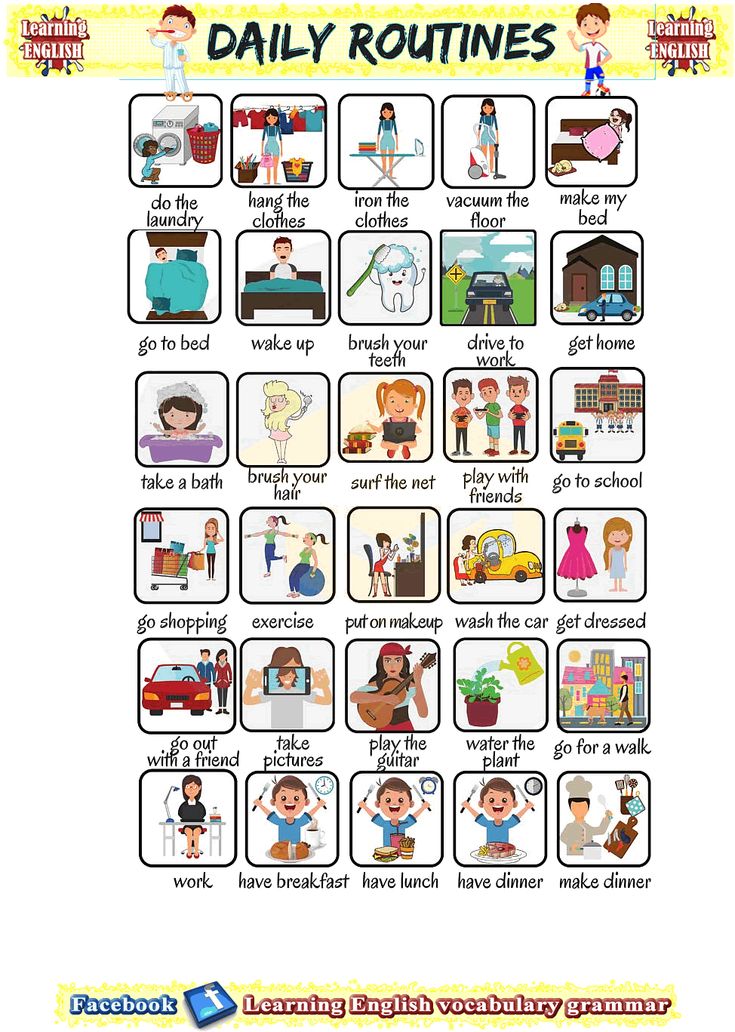 Let them know it’s just for fun and not a competition.
Let them know it’s just for fun and not a competition.
Start with “A.” Say the “A” sound and ask your child if they know anything you can do that starts with that sound.
If they don’t, that’s OK. You can prompt them by saying, “Ask is something we can do that starts with an ‘A’ sound. Can you ask me a question?”
Then, move on to the letter “B.” Try the words bounce, bake, bark, and bray, or any other “B” verbs you can name.
Remember to have your child act out the verb if possible. When they hear the word and do something with their body, it activates more areas of the brain, and they’re more likely to remember it.
If you suggest a word your child doesn’t know, take time to explain what it means. It’s a fun way to expand your child’s vocabulary.
Continue thinking of verbs for each letter of the alphabet. If you get stuck, you can check out our cheat sheet below or agree to skip the letter and move on. Either way works!
If you do get stuck, here is an idea or two for each letter:
- A – add, act
- B – blend, build
- C – catch, crawl
- D – drink, dream
- E – eat, explore
- F – find, fly
- G – growl, grumble
- H – hop, howl
- I – itch, inspect
- J – jump, jingle
- K – kick, kite
- L – lick, listen
- M – milk, mow
- N – nap, neigh
- O – open, order
- P – play, peek
- Q – quack, question
- R – run, roar
- S – skip, slide
- T – talk, trade
- U – unzip, use
- V – vroom (like a car), vacuum
- W – walk, wag
- X – X-ray, Xerox
- Y – yawn, yodel
- Z – zigzag, zip
You’ll probably think of many more. You could even create your own ABC Verb book with some paper and crayons with all these verbs you’ll name.
You could even create your own ABC Verb book with some paper and crayons with all these verbs you’ll name.
To extend this game even more, pull out your HOMER Explore Letters Kit and get the magnet letters. Stick up a random letter and ask your child to name a verb that starts with it. This activity is a fun way to review what you’ve been working on.
5) The Verb Toss
What You’ll Need:
- Pen or marker
- Index cards
- A pair of socks for each player (or a small, soft ball)
What To Do:
Roll up a pair of socks for each player into a tight ball. Then, use the pen to draw a simple verb action on each index card. Don’t worry about making it fancy. You could even have your child help with this part.
Here are a few words you can include:
- Dance
- Jump
- Eat
- Sweep
- Mop
- Talk
Once the cards are ready, flip through them quickly with your child to make sure they can identify each one.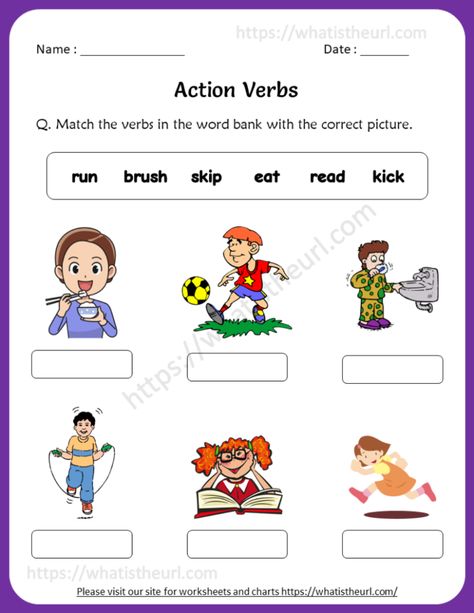 If they can’t, explain what the picture is supposed to be.
If they can’t, explain what the picture is supposed to be.
Then, spread the verb cards face up on the floor. Ask your child to back up several feet and toss their sock ball onto the words. You can judge the distance of the toss by their age and throwing ability. They can always take a step closer if needed.
When they’ve successfully thrown the sock ball, let them walk over and see which card their ball landed on. Ask them to say the verb and do the action.
For example, if the card had a picture of someone eating, your child would pretend to eat. If it had “dance” on it, they would dance around the room.
After your child finishes the action, have them pick up both the card and their sock ball, give you the card, and stand back at their starting point to play again.
Continue throwing, saying the verb, and doing the action until the cards are all picked up.
Verbs For Kids
To get started with some of the activities above, you’ll need a list of verbs for children to practice.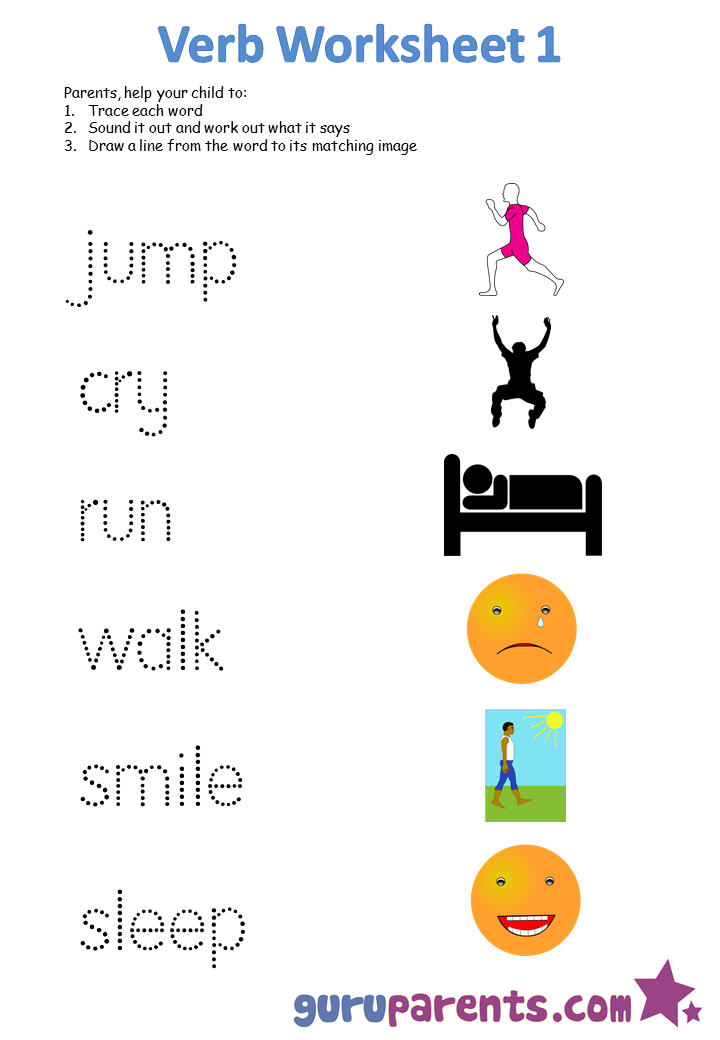
Here are some examples you can use:
- Run
- Shout
- Jump
- Sing
- Dance
- Read
- Swim
- Skip
- Kick
- Write
Verb Tenses
One of the activities above (A Verb Time Machine) helps children practice their verb tenses. Games like this are essential because, as mentioned above, kids often have trouble grasping the concept of different tenses because they tend to generalize rules.
For example, a child might say, “I maked a picture” instead of, “I made a picture.” Or, “I goed to school” instead of, “I went to school.”
Therefore, it’s important to continue practicing verb tenses (past, present, future, and ongoing) so they get comfortable with them.
While doing so, remember to emphasize the words that help the verbs. For example, change the sentence, “I wash my clothes” to, “I am washing my clothes” or, “I will wash my clothes.”
You don’t necessarily need to explain the process of changing the verbs in detail.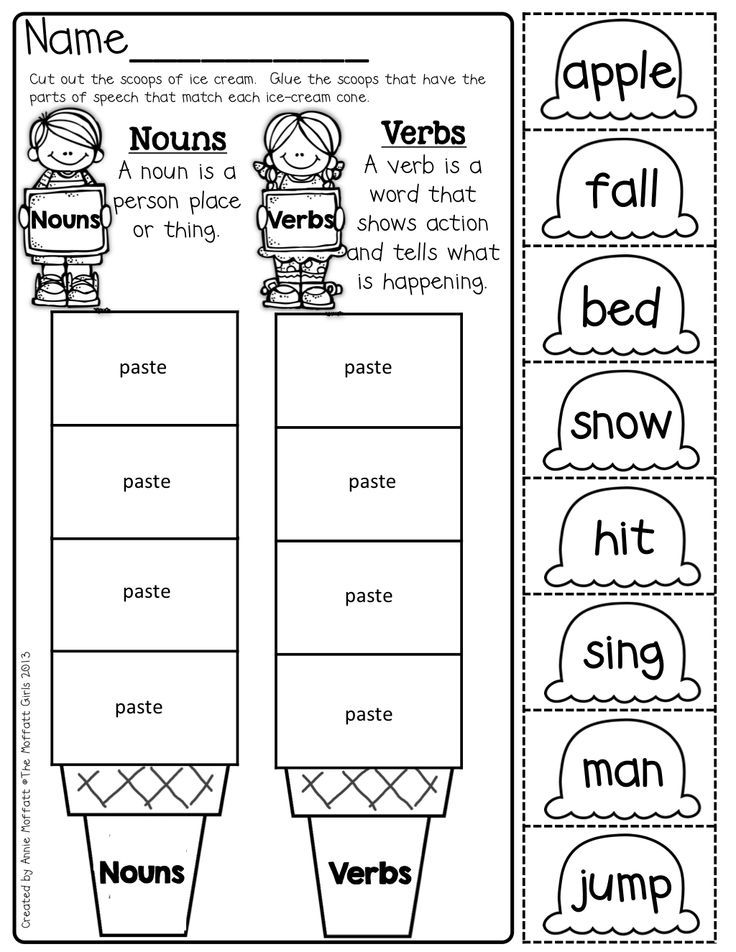 Children learn best through repetition, so the more practice they get the easier it will be to grasp this concept.
Children learn best through repetition, so the more practice they get the easier it will be to grasp this concept.
Here are a few examples of verb tense changes that you can add to the activities above:
- I walk to school — I walked to school — I will walk to school
- I eat some food — I ate some food — I will eat some food
- He laughs — He laughed — He will laugh
- He runs fast — He ran fast — He will run fast
After you’ve practiced for a bit, listen to your child talk and praise them for using verb tenses correctly. For instance, if they typically say, “I eated my food,” congratulate them if they say, “I ate my food.”
Noticing what your child is doing right can be a big encouragement, so watch for those “I did it!” moments.
It’s Time For Verbs!
Verbs are an essential part of our speech because they help us express what action is, was, or will take place. The activities above will help your child practice verbs for kids while also having fun.
Language development is important and helps children become confident communicators. Check out the HOMER Learn & Grow app to learn more about how you can help your child continue developing this essential skill.
Author
Table of irregular English verbs for grade 4 | Educational and methodological material on a foreign language (grade 4) on the topic:
Published on 04/13/2014 - 23:27 - Kuznetsova Svetlana Alexandrovna
an abbreviated version of the table of irregular verbs for grade 4 students with transcription and translation
Download:
Preview:
| VERB | PAST SIMPLE | PAST PARTICILE | Translation | |||||
| BE [BI:] | WAS [Wɔz], Were [WZ:] | Been [Bi: N] | 9000 9000 ||||||
| Become [bi: kʌm] | Became [BI: KEIM] | Become [BI: Kʌm] | 9000 | |||||
| 9000 BEGIN [BIMIN] | began [bi'gæn] | Begun [bi'gʌn] | Start | |||||
| Break [Breik] | Broke [Brouk] | 9000 9000 9000 9000 9000 9000 9000 9000 9000 9000 9000 9000 9000 9000 9000 9000 9000 9000 9000 9000 9000 Break | ||||||
| Bring [Briŋ] | Brought [Brɔ: t] | Broust [Brɔ: t] | ||||||
| Built [BILT] | Build | |||||||
| Buy [Bai] | 9000 BUGH | Buy | ||||||
| Choose [tʃu: z] | Chose [ʃəuz] | Chosen [tʃə) n] 9000 | 02
] | Came [KEIM] | Come [Kʌm] | Come | Cut [Kʌt] | DO [DU:] | DID [DID] | Done [dʌn] | do |
| DRAW 9000 9000 9000 9000 9000 9000 9000 9000 9000 014Drew [Dru:] | DRAWN [DRɔ: N] | Draw, drag | DRINK [DRIŋK] | DRANK [Dræŋk] 000 DRAK | Drink | |||
| Drive [DRAIV] | DROVE [DROV] | Driven ['Drivn] | 9000 003 | ATE [et] | EATEN ['I: TN] | is | 9000 Find [FAIND] 9000 | Found [Faund] | Find |
| Fit [fit] | Fit [fit] | Fit [fit] | Size | |||||
| Fly]0003 | FLU [FLU:] | FLOWN [Floun] | Fly | |||||
| Forget [Fə'Get] 9000 | 9000 Forgot [Fə'gɔgɔgɔgɔgɔgɔgɔgɔgɔgɔgɔgɔgɔgɔgɔgɔgɔgɔgɔgɔgɔgɔgɔgɔgɔgɔgɔgɔgɔgɔgɔgɔgɔgɔgɔgɔgɔgɔgɔgɔgɔgɔgɔgɔgɔgɔgɔgɔgɔgɔgɔgɔgɔgɔgɔgɔgɔgɔgɔgɔg est fə'gɔt (ə) n] | Forget | ||||||
| Forgive [Fo'giv] | 9000 Forgiven [Fo'givn] 000 9000 | |||||||
| Get [get] | Got [gɔt] | Got [gɔt] | Get |
GAVE [GEIV] Given [givn] | Give | |||
| Verb | PAST SIMPLE | PAST PAST PAST PAST PASTICLE | 9000 | 900|||||
| Went [went] | gone [gɔn] | go | ||||||
| HAVE [hæv] | HAD [HQ hæd] | We have | ||||||
| Hear [hiə] | Heard [Hz: d] | Heard [Hz: D] | Hear | ki:p] Kept [Kept] | Kept [Kept] | Contain | KNOW [nou] 9000KNOW [NJU: NJU: NJU: NJU: NJU: NJU: NJU: NJU: NJU: NJU: NJU: NJU: NJU: NJU: NJU: NJU: NJU: NJU: NJU: NJU: NJU: NJU: NJU: NJU: NJUK | Know |
| LEARN [LZ: N] | LEARNT [LZ: NT] | LEARNT [LZ: NT] | Learn 9000 | |||||
| LEFT [LEFT] | LEFT [LEFT] | Leave | Lose [LU: Z] | LOST [LɔST] 9000 LOST [LɔST] 9000 LOST | Lose | |||
| Make [Meik] | Made [Meid] | Made [meid] | 003 | MET [MET] | MET [MET] | Meet | PUT [PUT] | 9000 PUT [PUT] 9000 9000 9000 9000 PUT [PUT] 9000 PUT [PUT] Put | Read [Ri: D] | Read [red] | Read [red] | Read |
| 9000 RUN 0002 Ran [ræŋ] | Run [r] | run | ||||||
| Say [SEI] | SAID [SED] | SAID [SED] 9000 SAID [SED] 9000 SAID [SED | ||||||
| SEE [SI:] | SAW [Sɔ:] | Seen [si: n] | See | |||||
| Sing [SIŋ] 9000 SANG sæŋ] | SUNG [Sʌŋ] | POOK | ||||||
| SIT [SIT] | SAT [Sæt] | Sat | 0 9000 9000 9000 9000 9000 9000 9000 9000 9000 9000 9000 9000 9000 9000 9000 9000 9000 9000 9000 9000 9000 9000 9000 9000 9000 Sleep [SLI: P] | Slept [Slept] | Slept [Slept] | Sleep | ||
| Speak [spi: k] | 02 spok0003 | SWUM [SWʌm] | Swim | |||||
| Take [TEIK] | Took [tuk] | TAKEN ['TEIK) 9000 | Take | |||||
| Teach [ti: tʃ] | Taught [tɔ: tɔ: tɔ: t] | Taught [Tɔ: T] | TELL [Tel] | told [tould] | told [tould] | Рассказывать | ||
| think [θiŋk] | thought [θɔ:t] | thought [θɔ:t] | Думать | |||||
| Understand [ʌndə'stænd] | Understood [ʌndə'Sstud] | Understood [ʌndə'stud] 9000 | 003 | Won [wʌn] | Won [wʌn] | Win | Write [Rait] | 9000 9000 [ Write |
On the topic: methodological developments, presentations and abstracts
Irregular English verbs
Table of irregular verbs in English (1, 2 form and translation).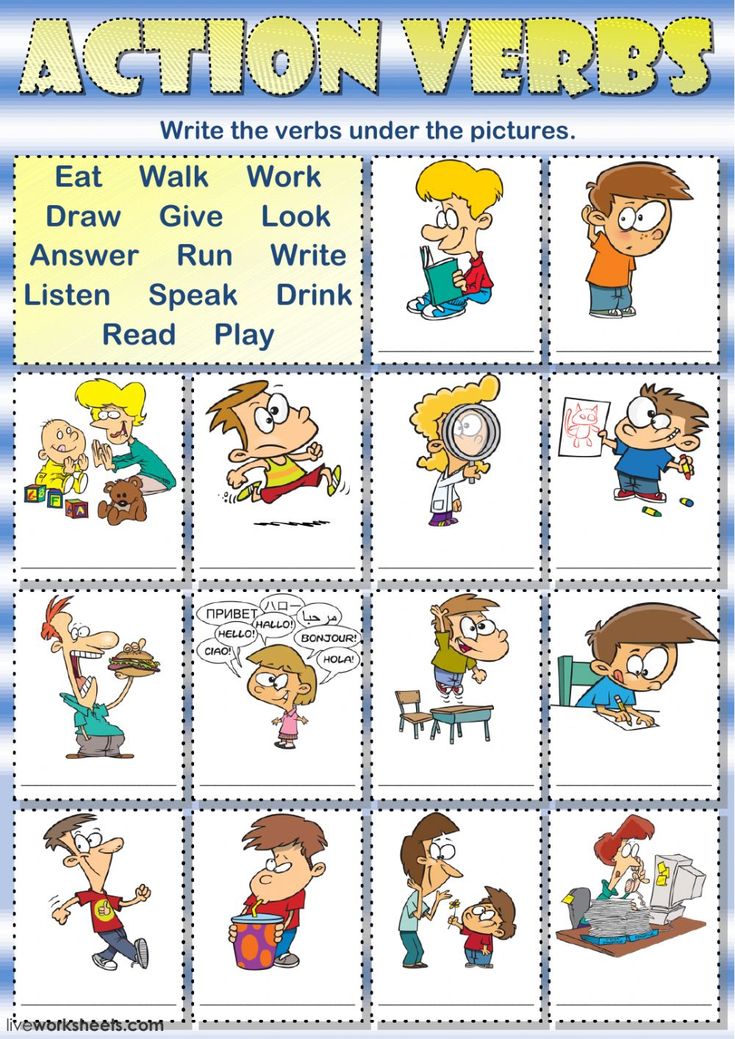 ..
..
Theme of the lesson “Models of the mood of verbs in Russian and English languages” Grade 4 (integrated lesson: Russian and English)
Purpose of the lesson: to consolidate the student's understanding of the forms of the mood of the verb (indicative, conditional, imperative) in a sentence; develop spelling vigilance through writing inscription forms...
Card: irregular English verbs
Card with irregular verbs. Students must fill in the missing forms of verbs ....
table of irregular verbs for grade 4
table of irregular verbs for grade 4...
Synopsis of an English lesson (grade 3). Topic: Past Simple. Regular and irregular verbs. EMC "Perspective Primary School"
The objectives of the teacher: to consolidate students' knowledge about Past Simple; formation of a pronunciation sound [t]. Planned results Subject: to know how sentences with Past Simple are formed, not ...
Abstract of an English lesson (Grade 3).
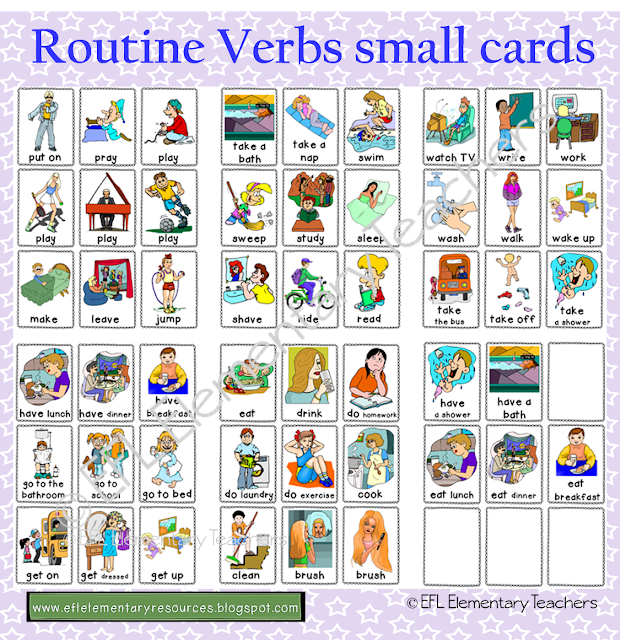 Topic: Past Simple. Irregular Verbs". EMC "Perspective Primary School"
Topic: Past Simple. Irregular Verbs". EMC "Perspective Primary School" The goals of the teacher's activity: formation of the pronunciation sound [k]; consolidating students' knowledge about Past Simple; formation of knowledge about new irregular verbs. Planned results Subject: ...
Summary of the English lesson (Grade 3). Topic: “Irregular verbs. Independent work". EMC "Perspective Primary School"
The goals of the teacher's activity: the formation of the pronunciation sound [k]; consolidating students' knowledge about Past Simple; formation of knowledge about new irregular verbs. Planned results Subject: knowledgeable ...
Share:
20 non-existent verbs that we continue to use for some reason
We will not remind you of “lay down” (more precisely, “put”) and “put on/put on”. You know. But let's talk about the forms of verbs, which almost always raise doubts. Write down, memorize and send the link to relatives who can’t remember that “cries”, “burns” and “waves” is wrong. And another bonus: “eat” or still “eat”?!
Write down, memorize and send the link to relatives who can’t remember that “cries”, “burns” and “waves” is wrong. And another bonus: “eat” or still “eat”?!
Correct: Go
Sending on the road correctly is very important. And it is not necessary to demand before that "to sit on the path" or to wish "God bless you!". It is also possible, of course. But it’s much better to just say correctly (tested by roads and travels). In general, if you are advised to "go", "go" or "go" - do not listen and ignore. The only correct variant of the imperative mood of the verb "to go" is "go". Yes, strange. But as it is.
Correct: Do you write correctly?
Who has never confused two similar forms of the verb "to write"? You may not confess so easily, but there are many such sealers. The verb "to write" in the imperative mood is written through "and": "Write letters!" If the second person is plural, then it will be: "You write illiterately." There is one explanation: we write “I” under the stress, “E” in the unstressed position.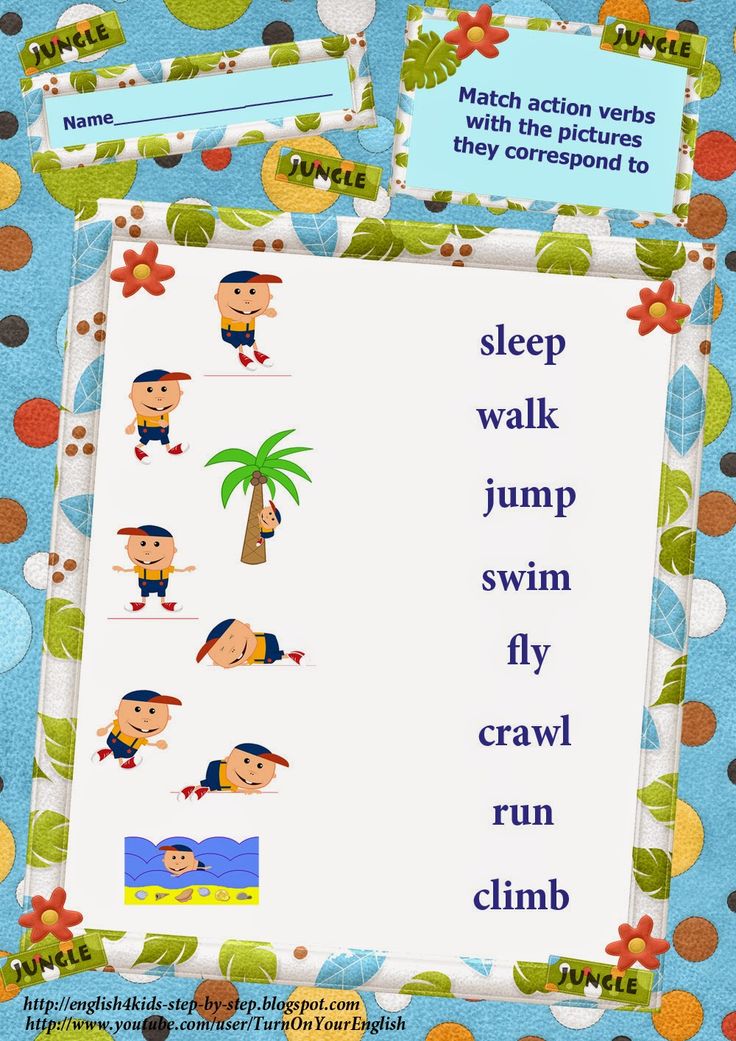 More similar examples: “Look / are looking for” (“Look for a woman!”, “Are you looking for something?”), “Say / say” (“Tell me, who wrote this?”, “And then you will say: “Wow! ").
More similar examples: “Look / are looking for” (“Look for a woman!”, “Are you looking for something?”), “Say / say” (“Tell me, who wrote this?”, “And then you will say: “Wow! ").
Correct: Sit the child on your knees
All the parents must have shuddered at the phrase “sit the children down”. The phrase is really wrong and sounds frightening. Although the verb "to plant" still lives in some dictionaries marked "colloquial". In general, a literate person definitely shouldn’t say that. It will be correct to "plant" - whether it be trees in the forest, tomatoes in the country, violets at home, guests at the table or a child on his knees. Although 100 years ago the verbs "to plant" and "to plant" were considered equal synonyms.
Correct: The snow kept melting
Two paronymic verbs whose forms we can confuse: “melt” and “hide”. They belong to different conjugations, and their endings are also different. For example, in the present tense the snow is "melting", the snowdrifts are "melting", and in the past it has already "melted" or "melted". The second verb "to conceal" is about secrets. If we want to say that someone kept something secret, then it will be "hidden" or "hidden". But there is a suspicion that we rarely want to say this about snow (unless we are interested in the contents under the snowdrifts, which thaw in the spring).
The second verb "to conceal" is about secrets. If we want to say that someone kept something secret, then it will be "hidden" or "hidden". But there is a suspicion that we rarely want to say this about snow (unless we are interested in the contents under the snowdrifts, which thaw in the spring).
Correct: In the evening we will light it up
In the forms of the verb “ignite” (and “burn”), the root alternation of “zhzh” and “burn” occurs. It is difficult to say “I will light”, but “they will light”, therefore in the first person and third person (plural) everything is obvious: “I will light”, and “They will light”. Because of this, I desperately want to add that you will also “light it up”, she will “light it up” and we will all “light it up” together. But there are no such options in Russian. Sorry.
Correct: Grandmother bakes the most delicious pancakes
We envy your grandmother's pancakes! In the verb "bake" (and "bake") the same story as with the verb "burn" (and "ignite").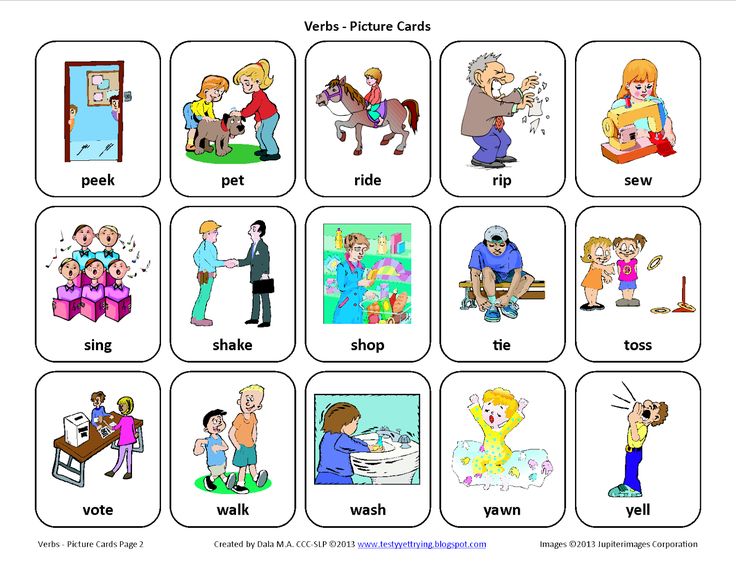 I “bake”, and the children “bake”, but my grandmother exclusively “bakes” pies. The verb "bake" does not have the form "bake". So we "bake", and Grandma also "bakes".
I “bake”, and the children “bake”, but my grandmother exclusively “bakes” pies. The verb "bake" does not have the form "bake". So we "bake", and Grandma also "bakes".
Correct: Wave goodbye
Is the child waving or waving? Are the children waving or waving? The correct forms of this verb in the third person in the present tense are "waving" and "waving". While in the past tense it is correct to say "waving" and "waving". This is probably how the “waves” symbiosis appeared. Recently, the form "waving" is considered acceptable in colloquial speech. But we still cast our vote for the literary norm "waving, waving, waving, waving" and so on. So when you ask your child to wave goodbye to someone, do it right: “Wave your hand!”
Correct: Why is he crying?
Difficulty in the correct form of the verb "cry" arises for approximately the same reason as with the verb "wave". The correct conjugation of the verb "cry" is I cry, you cry, she cries, we cry, and so on.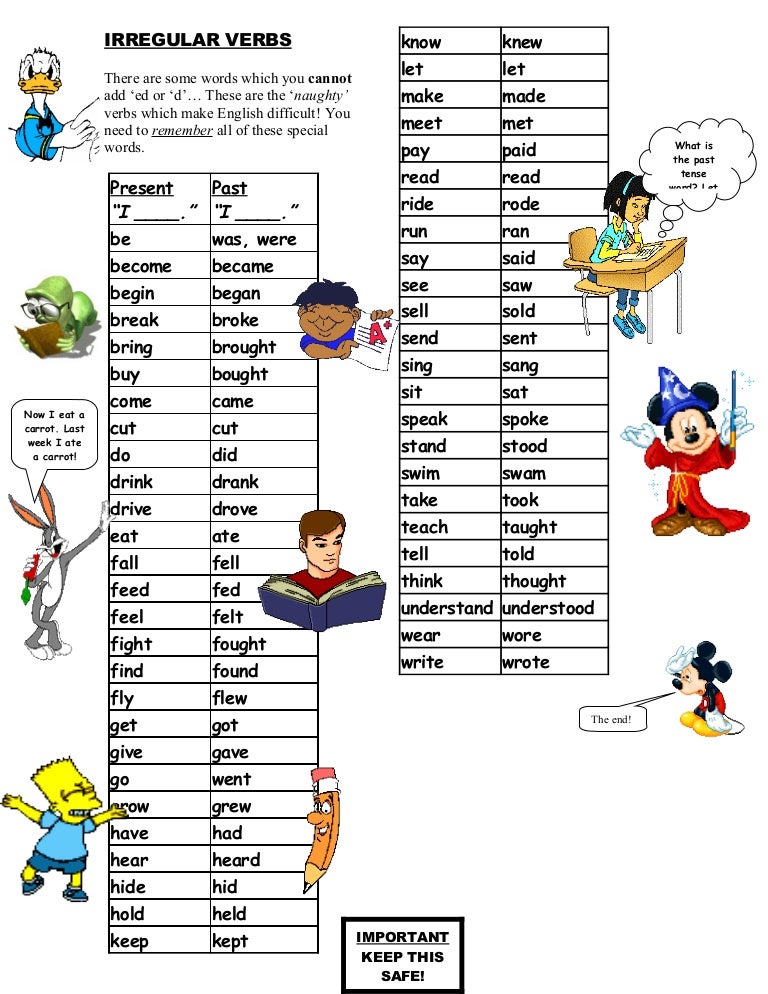 And in the past tense, the letter "k" appears: "cried", "cried". But if different options are allowed in the verb "to wave", then in the verb "to cry" there is only one: "Why is he crying?"
And in the past tense, the letter "k" appears: "cried", "cried". But if different options are allowed in the verb "to wave", then in the verb "to cry" there is only one: "Why is he crying?"
Correct: I can still convince you
Perhaps you guessed that not only the verb "to win" is deprived of the future tense in the first person singular. By the way, Rosenthal calls such deprived verbs “insufficient”. In order, for example, to say about yourself in the future tense, you need to use something like an auxiliary verb (almost like in English!). In our example, there is no “I will convince”, “I will run away”, “I will convince”. You can say "I can convince" (or variations on the theme).
Correct: Spartak won against Zenit
“And short”, or “Y”. They are not there when they are really needed, and they appear when they are not welcome. If you pronounce the word very quickly, you really hear the letter “y”. But this should not be reflected in the letter (especially in the articles of sports journalists).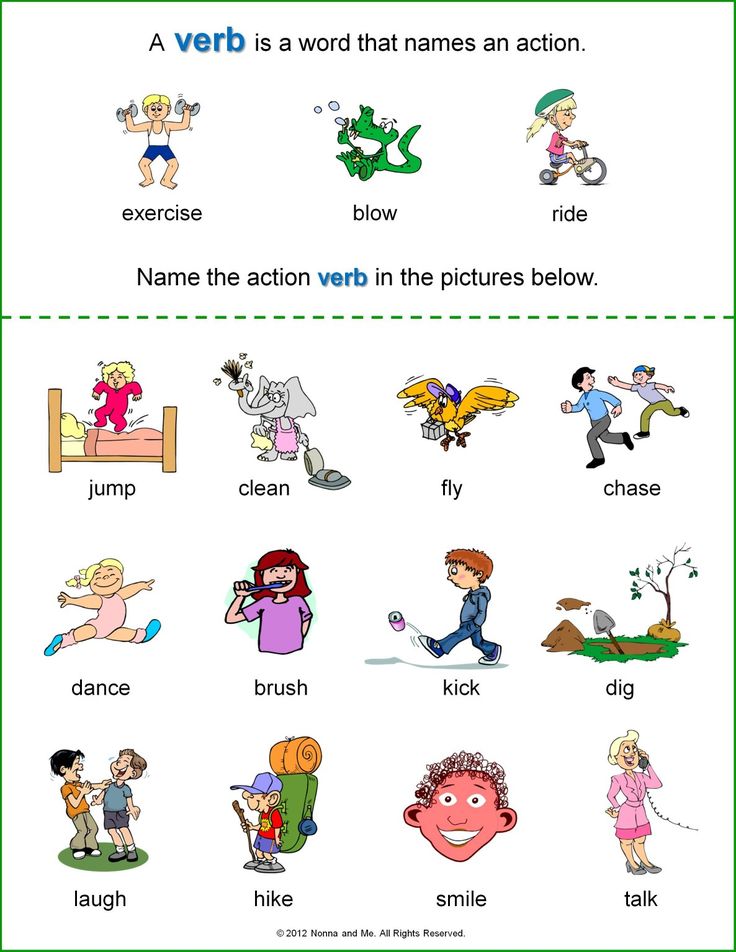 The Russian language does not belong to the languages with the rule "as it is heard, so it is written", you don't know. In the verb "to win" in all forms, "and" is written. With a small exception: at the end of the imperative mood, “y” still appears in some places - “win” and “win”.
The Russian language does not belong to the languages with the rule "as it is heard, so it is written", you don't know. In the verb "to win" in all forms, "and" is written. With a small exception: at the end of the imperative mood, “y” still appears in some places - “win” and “win”.
Correct: Teachers urged everyone to come to the polls
Universal confusion: the verb "to go", in which the letter "Y" suddenly appears in its derivatives, or more precisely, in the form of the future tense of the verb "come". Some diligently write “come” because they remember “go” well, but these are still different forms of verbs, and they need to be distinguished. And others seem to have heard something about the letter “Y” in this word and begin to insert it everywhere: “you will come”, “will come”, “we will come”. In fact, "Y" exists only in the infinitive, that is, in the initial form of the word - "come." Therefore, the correct option is "come to the polls."
Correct: They are fighting snow in Moscow
Admit it, you also thought for a second about the correct form of the verb “fight” in the third person plural — it’s hard to hear the ending. Options with "I" and "Yu" are found almost equally often, but there is only one competent option. "Fight" refers to the first conjugation (ending in "-ot"). We strain our memory and remember what conjugation is (yes, it exists) and what letters should be written at the end. In short, for the verbs of the first conjugation we write the vowels "e, y (u)". I fight, you fight, he fights, we fight, you fight. And in the third person plural it will be by analogy with "I'm fighting" - "they are fighting" with the letter "Yu".
Options with "I" and "Yu" are found almost equally often, but there is only one competent option. "Fight" refers to the first conjugation (ending in "-ot"). We strain our memory and remember what conjugation is (yes, it exists) and what letters should be written at the end. In short, for the verbs of the first conjugation we write the vowels "e, y (u)". I fight, you fight, he fights, we fight, you fight. And in the third person plural it will be by analogy with "I'm fighting" - "they are fighting" with the letter "Yu".
Correct: Let's go!
A little pain. The verb "to go" in the imperative mood has three (!) correct literate options at once: "let's go", "let's go" or "let's go". And there is also a colloquial synonymous word for "let's go", which lives only in oral speech (well, in chats). But the imperative form of the verb "send" is a gross mistake, which is better not to write or even pronounce. Never.
Correct: May the force be with you!
The Jedi (and Master Yoda, and all the heroes of Star Wars at once) looked at you very disapprovingly now.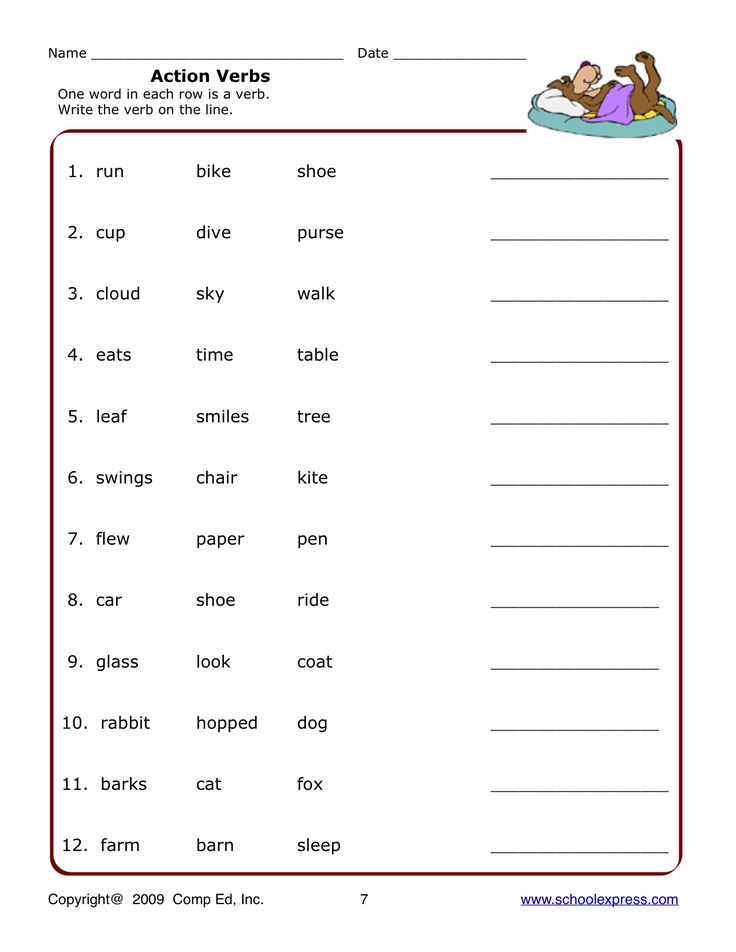 Because it is impossible to make a mistake in such an expression. And this is not about the rule "pre-" and "pri-" (unexpectedly, right?). Here again about verbs-paronyms. "To arrive" means "to approach, to come, to appear." And "to abide" - "to be, to be". Yes, it is quite possible to wish someone to gain strength so that they “come” to him. But then the phrase would rather sound like "may the strength come to you." In our version in the film ("May the Force be with you"), they wish you good luck and keep your strength in yourself, and not that it suddenly falls on you. Do not argue, just listen to the fans of the star saga.
Because it is impossible to make a mistake in such an expression. And this is not about the rule "pre-" and "pri-" (unexpectedly, right?). Here again about verbs-paronyms. "To arrive" means "to approach, to come, to appear." And "to abide" - "to be, to be". Yes, it is quite possible to wish someone to gain strength so that they “come” to him. But then the phrase would rather sound like "may the strength come to you." In our version in the film ("May the Force be with you"), they wish you good luck and keep your strength in yourself, and not that it suddenly falls on you. Do not argue, just listen to the fans of the star saga.
Correct: Children climb a rope
The verb "to climb" has a twin brother (almost) - "to climb". In many dictionaries, these verbs are equivalent. True, “climbing” has a colloquial connotation, and it is advisable to use the literary version “climbing” in writing. Just in case, let's recall the conjugation of the verb "climb": I climb, you climb, he/she climbs, we climb, you climb, and they climb.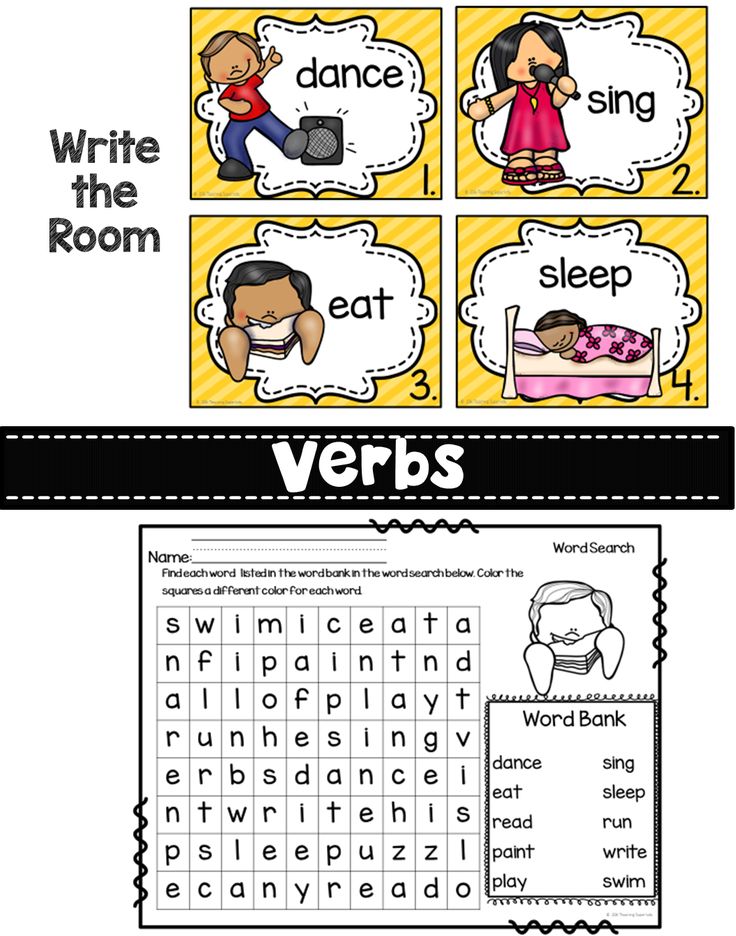 Well, or "climb" (in the third person plural of the verb "climb"). The main thing is that they don’t “climb” - this is something non-existent, it’s not worth talking like that. No way.
Well, or "climb" (in the third person plural of the verb "climb"). The main thing is that they don’t “climb” - this is something non-existent, it’s not worth talking like that. No way.
Correct: Gargle
Another fantasy verb in the list of irregular verbs. Moreover, the imperative form of this verb has so many fans that it even got into the dictionaries marked "colloquial". But if you strive to make your speech as literate as possible, your (and our) option is “rinse”.
Correct: Put on shoes
Yes, like that. With "put on" and "put on" everyone seems to have more or less figured out (we put on ourselves, we dress someone). With shoes it's a little different. On the Internet, they even ask the question: “If you “put on” and not “dress”, then why “shoe” and not “shoe”? Firstly, the verb "to kick" still exists. Or rather, it existed. In a very distant past. But now it is considered archaic. Secondly, “put on shoes” (for yourself) is a grammatical error. And now the Russian language has its own shoe norm: put on shoes (for yourself), put shoes on - someone.
And now the Russian language has its own shoe norm: put on shoes (for yourself), put shoes on - someone.
Correct: The numbers differ
“R about to be known” means to differ in something, not to coincide, not to agree. “P a to be known” - to differ, to differ. No, you don't think: the values are really similar. Now the option through "a" is considered stylistically neutral, and through "o" - outdated and colloquial. That is, our option is “to differ”. Opinions differ, numbers also differ. By the way, the stress falls on the first syllable: “to differ”.
Correct: Razor to the ground
In fact, both verbs (paronyms) are correct, the point is in the context and in the meaning of what was said. If you mean "make something even" (level) - you need the verb "level". If we are talking about "make something equal" (compare / equalize) - writes "equalize". In general, it's simple. Exactly - equalize. Compare - compare.


